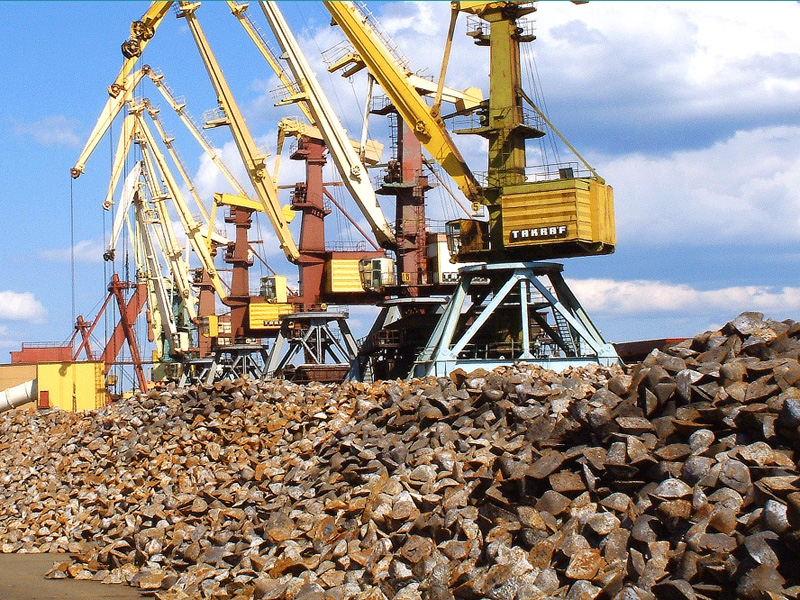Fitch Solutions says the iron ore price rally has further room to run in the coming months – supported by global demand recovery and lagging supply – before stabilising in the second half of 2021. Its 62% Fe cfr China iron ore forecast for 2021 and 2022 has thus been revised up to $160/tonne and $130/t respectively.
The firm says iron ore prices will likely grind lower during H2 as supply improves and demand growth slows. China’s V-shaped economic recovery and major stimulus plan will start to produce consolidation towards H2, especially as summer – April-July – usually marks peak seasonal activity for the construction sector.
“We expect the demand impact from [Chinese] stimulus to start wearing off from late 2021 as construction projects reach completion and the pipeline of further new projects lessens, with the Chinese Government focusing on tightening credit lines,” Fitch Solutions says in a report sent to Kallanish. With Chinese mills’ margins at record highs, they can currently accommodate such high iron ore prices. “However, we believe this will not remain sustainable for long, especially as demand for steel wanes and steel prices ease,” it adds.
“On the supply side, improving production growth from Brazil and Australia will help to loosen tight supplies on the seaborne market, though Vale will take longer to return to pre-Brumadinho dam collapse capacity levels,” Fitch Solutions observes.
Beyond 2021, iron ore prices will follow a multi-year downtrend, falling to $75/t in 2025 and $63/t in 2030, driven by a combination of weaker demand growth and stronger supply. The weaker demand will be driven by China, which will rein in fiscal spending from late 2021 and shift to less-steel-intensive infrastructure and services investment. It will also focus more on decarbonised steelmaking using electric arc furnaces, which will lower iron ore requirement.
China will also bring its steel production more in line with demand. Fitch Solutions forecasts its steel consumption to grow by 2.5% in 2021 and 2% in 2022, compared with 6.5% in 2020 and the 2017-2019 average annual growth of 10.3%.
Adam Smith Germany






